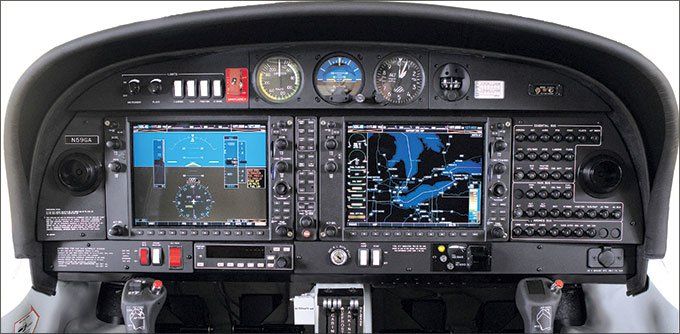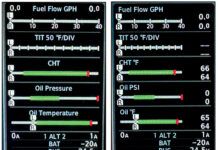Most of us learned to fly when the most advanced thing on our panels was a NAV/COM. Perhaps you entered the scene a bit later and had DME or even a rho-theta RNAV. Point is, few of us learned to fly in an airplane that had a display of any type.
Now, of course, that’s about all we’ve got. Sure, the majority of our aircraft still have steam gauges, but we’re replacing those with Aspen, Garmin and Avidyne “glass” as quickly as we can fork over the money. And the radios, er, um, I mean the “navigators” have touch screens, internal calculations to the nearest 0.000000042 degrees—I checked—and a database that has more information about the earth than was known to mankind just a few decades ago.
And that’s just on the panel. Don’t get me started on all the portable wonders that we plop on our lap, suction cup to the windows and place on top of the glare shield. But stop a moment and recall that original NAV/COM. Your instructor probably took about three minutes to explain it, with perhaps two of those spent on the audio panel. And if you didn’t fly for, oh, say 20 years, you’d still know how to use it.
But hop into an airplane with EFIS, or a “navigator” and you’ll be as clueless as the proverbial dog watching television. To overcome that cluelessness, you’ll need hours of study, not just a minute or two to find the power, volume and tuning knobs. And after those hours of instruction, you’ll still need hours more experience operating it for real before you start to feel comfortable enough with it all to take it into the teeth of serious IMC in hectic airspace.
And, heaven forbid you take a break from flying. When you come back, even if there aren’t new devices to decode, chances are high you’ll need a refresher on the stuff you used just a couple months ago.
And that’s dangerous. If we can’t properly operate all this gadgetry, things will and do go horribly wrong, and there are recent accidents to prove it. This stuff is there to make our lives easier, and it can clearly do that if we know how to operate it. But, the moment we get an instruction from ATC that we don’t know (or remember) how to program, the enhanced safety the wonder boxes are supposed to provide gets compromised.
Sure, the manufacturers have standardized within their own product lines. If you can operate a Garmin GNS430, chances are pretty good you’ll have a leg up on the G1000, but you’ll still need training. Once you master it, though, there’s no way that enables you to jump into an aircraft with an Avidyne system. Hell, it might take you a few minutes to even find the power control, if there is one.
I’d like to challenge the engineers. Start devoting even just some of your considerable talent to a standardized operating logic—not just within your own company, but across the entire industry. Do that and perhaps we’ll get devices that are half as obvious and enduring as a 30-year old NAV/COM.
—Frank Bowlin





